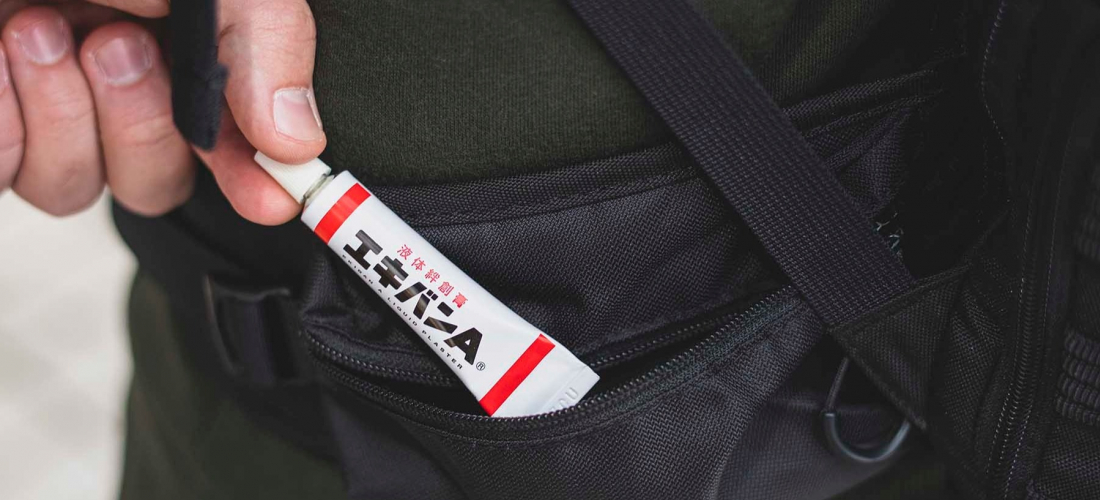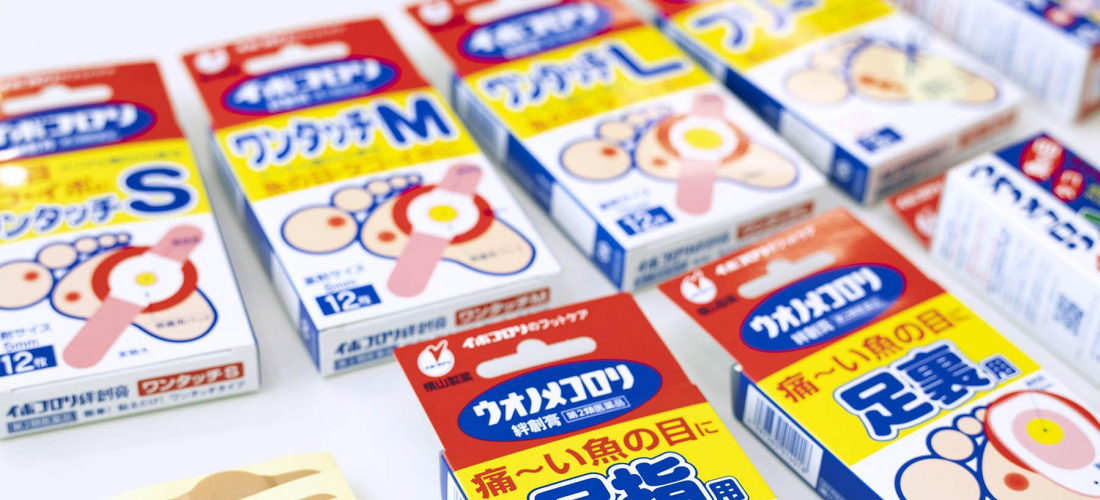
CONTENTS
“ibokorori” is one of the most popular Japanese drug store souvenirs! This series of Japanese foot care products has been solving foot problems like corns, calluses, and warts for years on end.
Summer is coming in Japan, and the weather is getting hot! With sandal season starting, and people planning trips to the beach, the pool, and other places to show off those bare feet, now is the time to concentrate on some intense foot care. Of course, when it comes to foot care in Japan, the name Yokoyama Seiyaku is bound to come up. Since their products are easily available in Japanese drug stores, they're even quite popular among travelers visiting Japan. And with everyone spending an awful lot of time at home this year due to COVID-19, it seemed like the perfect opportunity to devote ourselves to foot care and give our toes and soles some undivided attention.
The Foot-Related Worries That Weigh on the Minds of Japanese Women
Where exactly do corns, calluses, and warts come from? The biggest reason for corns and calluses is shoes. When shoes rub against the skin, apparently the pressure actually stimulates the skin's "stratum corneum" (also called the "horny layer"), and the rubbing becomes a major source of these skin issues. Pointy-toed high-heel lovers in particular can certainly appreciate the importance of foot maintenance and taking care of these kinds of problems!
Your average wart, on the other hand, is actually caused by a virus. The virus infects the cells in the deep base layers of the skin after penetrating through small scratches or cuts. The infected cells start to divide and grow into the distinct bumpy shape of a wart.
It can be hard to prevent things like corns, calluses, and warts in the first place―by the time you notice, they're already all the way there! But Yokoyama Seiyaku, a Japanese medicine and first-aid manufacturer in business since 1900, has a foot care product line that's been taking care of these and other foot-related concerns for quite some time.
“ibokorori” ・ Effective Against Corns, Calluses, and Warts
"ibokorori" One-Touch Bandage Type
「イボコロリ」ワンタッチ絆創膏タイプ
Yokoyama Seiyaku's bandage-style ibokorori comes in a variety of sizes, making it easy to choose the right size for the affected area. "Korori" (コロリ) means effortless, which is reflected in how easy it is to use the products. (Ibo/イボ means wart!)
They're easy to useーjust peel off the backing paper and apply your ibokorori like a regular bandage, placing the central portion with salicylic acid portion over the problem area. The salicylic acid softens hardened skin, even on deeper levels, helping to remove corns, calluses, and warts. You apply one and leave it for two to three days, even through bathtime. If it starts to peel off, or the effective center portion shifts on your foot, then you'll want to apply a new one.
"ibokorori" Liquid Type
「イボコロリ」塗るだけ液体タイプ
You'll also find ibokorori in liquid form. It quickly dries after being applied to the problem area, creating a white film that softens hardened skin and works on corns, calluses, and warts. We applied a little ourselves, and it's really very easy to use!
With both the liquid and bandage varieties of ibokorori, the skin underneath begins to turn white after repeated applications. When the skin of the affected area turns white and soft, the top layer can be removed with tweezers, and the process is repeated until the problem is all gone. It's actually very simple, so we'd recommend it even if you don't have any experience with similar products.
“uonomekorori” ・ Effective Against Corns
For stubborn corns and calluses, uonomekorori is especially effective! (The purpose is reflected in the name―uonome/魚の目 means corns.) Thanks to a protective pad that can be placed to surround the painful problem area, we'd definitely recommend uonomekorori for anyone suffering from an especially uncomfortable corn.
"uonomekorori" Liquid Type
「ウオノメコロリ」液体タイプ
Thanks to a mix of increased salicylic acid and added lactic acid, which moistens dried keratin, this liquid formula is apparently quite effective at softening hard skin. Just like the ibokorori, after applying uonomekorori and letting it dry properly, you're good to go―it's a relief to just take a bath or wash your dishes without having to worry! The protective cushion pads that come along with the bottle are also a relief, for the sore soles of your feet.
"uonomekorori" Bandage Type
「ウオノメコロリ」絆創膏タイプ
The bandage-types come in two different varieties, made in different sizes suited for different parts of the foot. There are small toe shapes and large ones for the sole.
An adhesive surrounds the medicated area, letting the uonomekorori stick close and better penetrate the problem area. The bandage-types also have a little cushioned pad, easing the discomfort of the corn.
___korori ・ Good for These Foot Concerns Too!
"ibokorori" Pills for Internal Use: A Wart Remedy Taken Orally
飲んで治すイボ治療薬「イボコロリ内服錠」
For anyone thinking "but what if I get a wart somewhere it would be impractical to apply topical medicine…" there's an option in pill form, too! For warts that appear on delicate skin like the face, neck, or stomach―or those in troublesome, hard to reach places like the upper back―we recommend addressing the issue with ibokorori pills for internal use. It's understandable to feel a little unsure about the idea of taking a pill for warts, but the pills are made with extract of Job's tears, so they're gentle and safe to use. Not only are they effective against warts, but they can help with dry skin as well.
"kizukorori" Liquid Bandage
液体絆創膏「キズコロリ」
"Ibo" means wart, "uonome" means corn, and "kizu" (傷) means a scratch, a cut, or any small injury. When you expose your skin to the world, any little injury can become cause for concern. Of course, you can always put a bandage on top, but the look of a grimy bandage stuck on a hand or finger all day isn't particularly attractive. On the other hand, liquid bandage kizukorori is a clear formula, so it's hardly noticeable! Apply the liquid bandage and it dries quickly, leaving the area sterilized and covered in a clear, flexible coating. Not only does it look subtle and clean, but the kizukorori can move and get wet without peeling off. Aside from taking a bath or washing the dishes, it's especially useful for swimmers, campers, and others who like to spend time outdoors.
The Rewards of Careful Foot Maintenance
With the problem areas on your feet taken care of and the skin looking clean and neat, it's hard to resist showing them off. When you know your feet look good, slipping on a pair of new sandals is even more satisfying. We can understand if a shoe shopping trip is in order!
Just imagine the possibilities―the pool, the beach, maybe even a luxurious resort? Perhaps you're planning a trip to a Japanese island, or an excursion roaming the city in some stylish new sandals? Yokoyama Seiyaku's series of foot care products are available for reasonable prices in Japanese drug stores all over the country, so you can certainly buy some ibokorori or kizukorori to bring home for yourself or a friend, but it might be worth picking some up to try as soon as you arrive!
COMMENT
FEATURED MEDIA
VIEW MOREMAP OF JAPAN
SEARCH BY REGION

LATEST
VIEW MOREEVENT CALENDAR
VIEW MOREMOST POPULAR
 Tokyo Winter Recommendation: Don’t Miss Tokyo Mega Illumination, Japan’s #1 Light Show
Tokyo Winter Recommendation: Don’t Miss Tokyo Mega Illumination, Japan’s #1 Light Show ป้ายยาสินค้าน่าซื้อในร้านขายยาญี่ปุ่น | KOWA ผลิตภัณฑ์เพื่อสุขภาพสำหรับคนยุคใหม่
ป้ายยาสินค้าน่าซื้อในร้านขายยาญี่ปุ่น | KOWA ผลิตภัณฑ์เพื่อสุขภาพสำหรับคนยุคใหม่ Okinawa Family Road Trip: Japanese Glasses Shopping at San-A Urasoe West Coast PARCO CITY, Discount Coupons, & Okinawa Sightseeing with JINS
Okinawa Family Road Trip: Japanese Glasses Shopping at San-A Urasoe West Coast PARCO CITY, Discount Coupons, & Okinawa Sightseeing with JINS

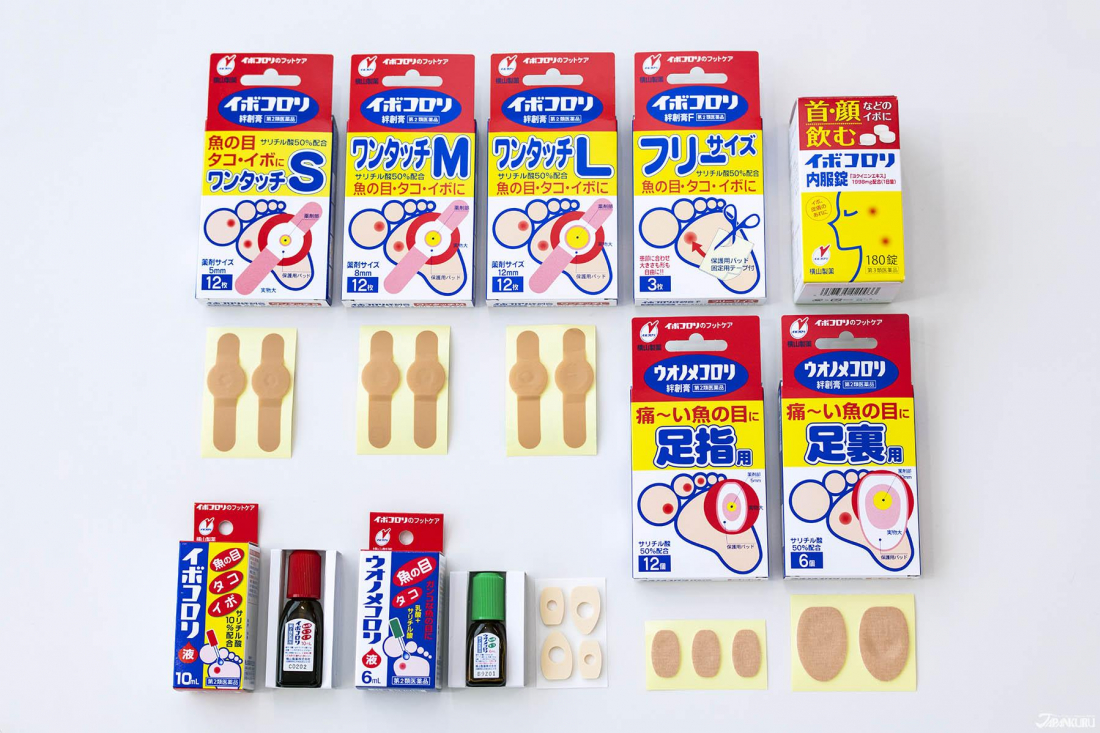



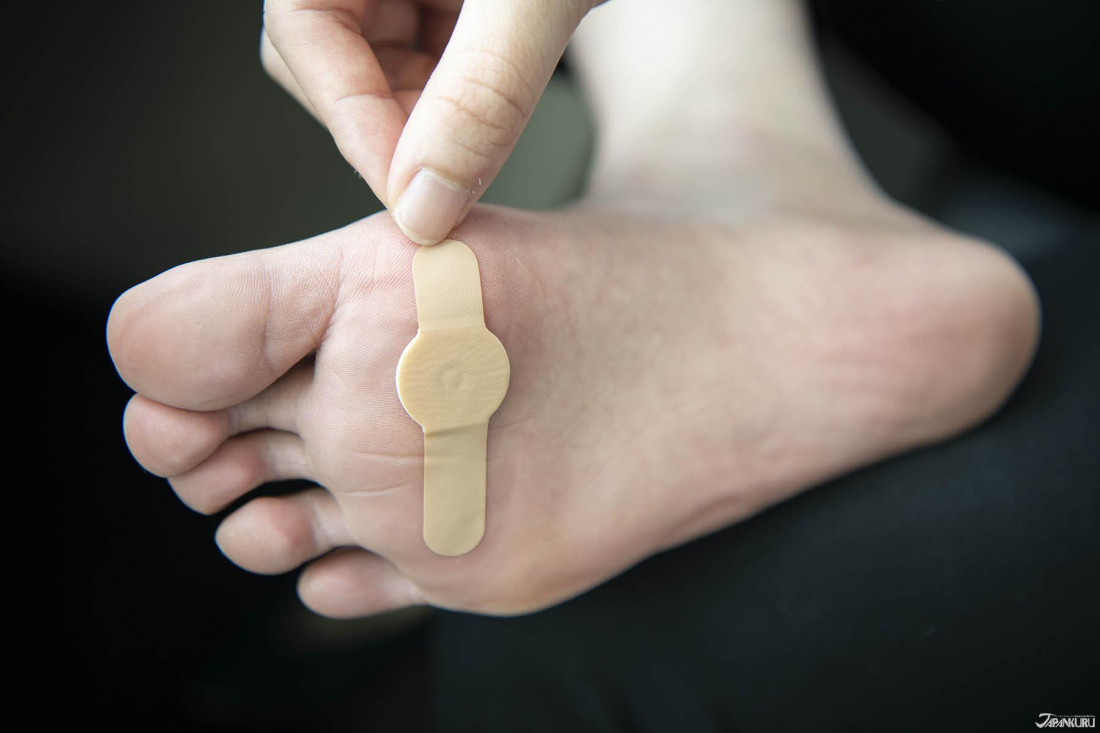

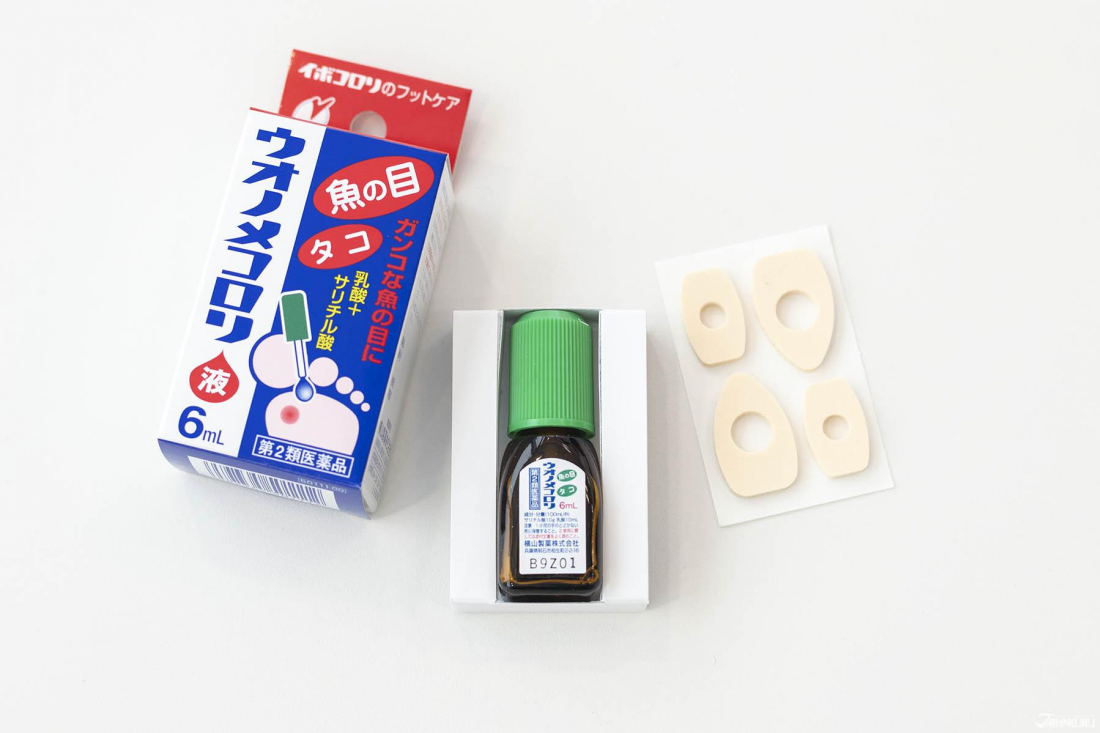












 >> Find out more at Japankuru.com! (link in bio)
#
>> Find out more at Japankuru.com! (link in bio)
#





 The Robot Restaurant is gone, but the Samurai Restaurant is here to take its place. Check it out, and don't forget your coupon!
The Robot Restaurant is gone, but the Samurai Restaurant is here to take its place. Check it out, and don't forget your coupon!
 신주쿠의 명소 로봇 레스토랑이 사무라이 레스토랑으로 부활! 절찬 쿠폰 발급중
신주쿠의 명소 로봇 레스토랑이 사무라이 레스토랑으로 부활! 절찬 쿠폰 발급중
 18歲以上才能入場的歌舞秀,和你想的不一樣!拿好優惠券去看看~
#tokyo #shinjuku #samurairestaurant #robotrestaurant #tokyotrip #도쿄여행 #신주쿠 #사무라이레스토랑 #이색체험 #할인이벤트 #歌舞伎町 #東京景點 #武士餐廳 #日本表演 #日本文化體驗 #japankuru #japantrip #japantravel #japanlovers #japan_of_insta
18歲以上才能入場的歌舞秀,和你想的不一樣!拿好優惠券去看看~
#tokyo #shinjuku #samurairestaurant #robotrestaurant #tokyotrip #도쿄여행 #신주쿠 #사무라이레스토랑 #이색체험 #할인이벤트 #歌舞伎町 #東京景點 #武士餐廳 #日本表演 #日本文化體驗 #japankuru #japantrip #japantravel #japanlovers #japan_of_insta
 코지마 x 빅 카메라 쿠폰으로 일본 가전 제품 쇼핑하기
#pr #japankuru #japanshopping #kojima #biccamera #japaneseskincare #yaman #dji #osmopocket3 #skincaredevice #日本購物 #美容儀 #相機 #雅萌 #日本家電 #일본여행 #면세 #여행꿀팁 #일본쇼핑리스트 #쿠폰 #일본쇼핑 #일본브랜드 #할인 #코지마 #빅카메라 #japankurucoupon
코지마 x 빅 카메라 쿠폰으로 일본 가전 제품 쇼핑하기
#pr #japankuru #japanshopping #kojima #biccamera #japaneseskincare #yaman #dji #osmopocket3 #skincaredevice #日本購物 #美容儀 #相機 #雅萌 #日本家電 #일본여행 #면세 #여행꿀팁 #일본쇼핑리스트 #쿠폰 #일본쇼핑 #일본브랜드 #할인 #코지마 #빅카메라 #japankurucoupon










































